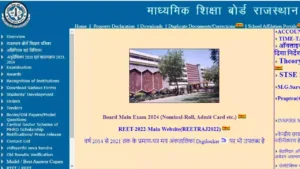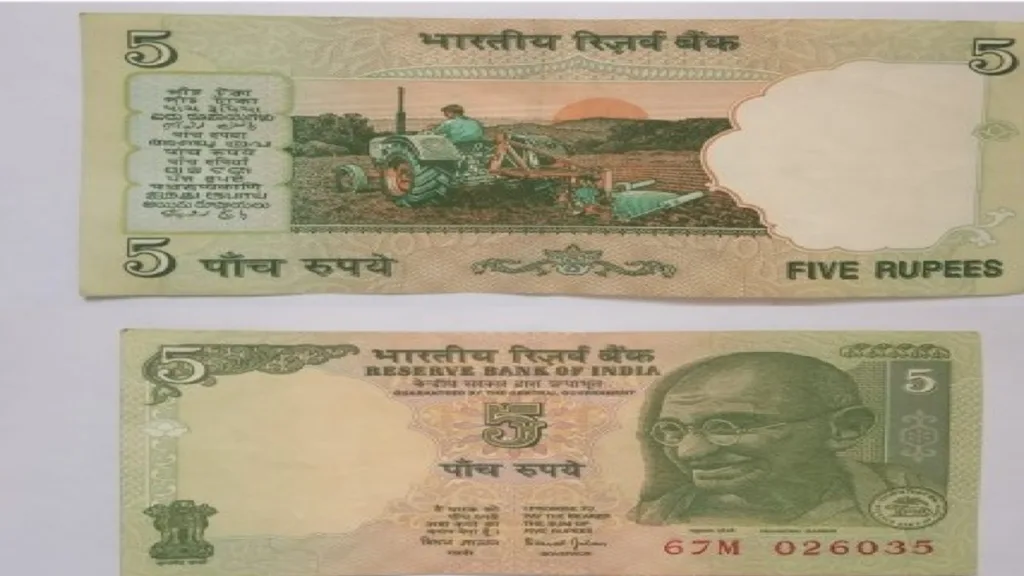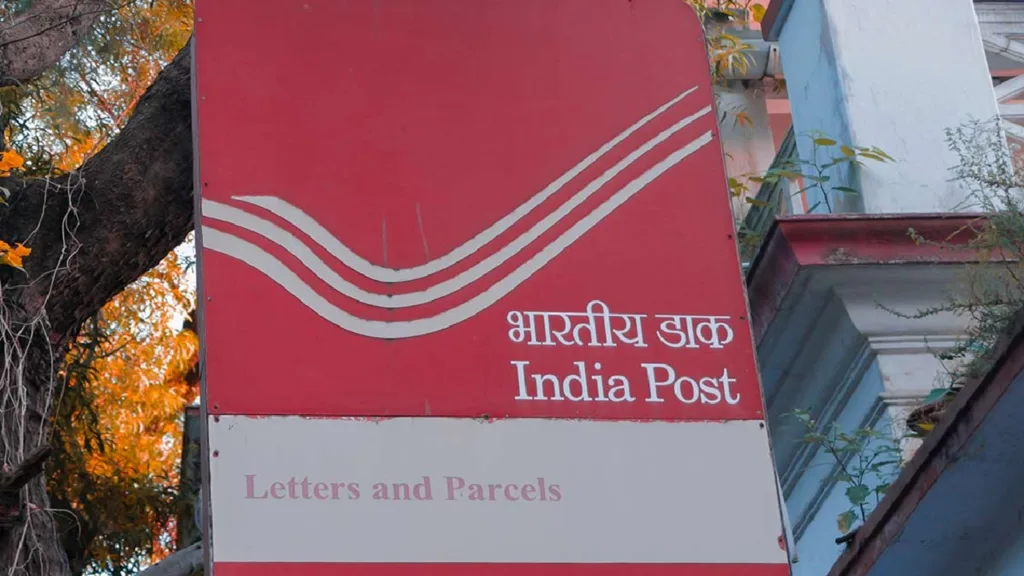Rainfed agriculture, the backbone of rural India, faces a unique set of challenges. Dependence on unpredictable rainfall patterns leaves farmers vulnerable to droughts and floods. This is where Rainfed Area Development (RAD) steps in, offering a beacon of hope for millions of farmers.
Understanding Rainfed Agriculture and its Challenges
Imagine vast swathes of farmland, their fate tied to the whims of the monsoon. This is the reality for nearly 60% of India’s cultivated land, classified as rainfed. While these regions hold immense potential, their dependence on rainfall makes agriculture a gamble.
Here’s what makes rainfed agriculture challenging:
- Unreliable Rainfall: The amount, distribution, and timing of rainfall are often unpredictable. Droughts and erratic downpours can devastate crops.
- Soil Degradation: Overuse of land and inadequate soil management practices lead to erosion and loss of fertility.
- Limited Irrigation: Access to irrigation facilities in rainfed areas is often scarce, further restricting farmers’ control over water availability.
- Low Productivity: Traditional farming methods and limited access to technology often result in lower yields.
These challenges translate into a harsh reality for farmers – income insecurity, vulnerability to food shortage, and a constant struggle to make ends meet.
Unveiling the RAD Approach: A Multi-pronged Strategy
Rainfed Area Development (RAD) is a government initiative aimed at transforming the landscape of rainfed agriculture. It’s not a one-size-fits-all solution, but rather a comprehensive approach that tackles multiple challenges simultaneously.
Here are the key pillars of RAD:
- Integrated Farming Systems (IFS): RAD promotes a shift from single-crop cultivation to a diversified approach. This includes combining crops, livestock rearing, horticulture, and even fisheries (in suitable areas) on a single farm. This diversification reduces risk – if one crop fails, others can provide income stability.
- Water Management: RAD focuses on rainwater harvesting techniques like building small dams and tanks, and promoting soil conservation practices to improve water retention.
- Technological Interventions: The program encourages the use of drought-resistant crop varieties, precision farming techniques, and micro-irrigation systems to optimize water use.
- Institutional Support: RAD facilitates access to credit, markets, and extension services for farmers. This empowers them to adopt new technologies, find buyers for their produce, and secure better prices.
The success of RAD hinges on community participation. The program actively involves farmers in decision-making and capacity building, fostering a sense of ownership and ensuring the long-term sustainability of interventions.
Unlocking the Benefits of RAD: A Brighter Future for Rainfed Agriculture
The impact of RAD is far-reaching, transforming not just agricultural practices but also the lives of farmers:
- Enhanced Productivity: By adopting RAD practices, farmers can achieve higher yields, leading to increased income and improved food security.
- Reduced Risk: Diversification and improved water management techniques make farms more resilient to climatic variations.
- Sustainable Practices: RAD promotes soil health, water conservation, and the use of organic inputs, leading to a more sustainable agricultural system.
- Improved Livelihoods: Increased income and access to markets empower farmers, leading to a better quality of life for them and their families.
RAD is not just about maximizing crop yields; it’s about empowering rural communities and creating a future where rainfed agriculture thrives.
The Road Ahead: Embracing Innovation and Collaboration
While RAD has made significant strides, challenges remain. There’s a need for continuous research in developing climate-resilient crop varieties and promoting water-saving technologies. Additionally, strengthening market linkages and creating robust rural infrastructure are crucial for sustainable development.
The success of RAD also hinges on collaboration. Effective partnerships between government agencies, research institutions, NGOs, and private sector players are essential for scaling up successful interventions and reaching out to a wider base of farmers.
By embracing innovation, fostering collaboration, and empowering farmers, Rainfed Area Development has the potential to unlock the immense potential of rainfed agriculture in India, leading to a future of food security, prosperity, and sustainability for millions.














